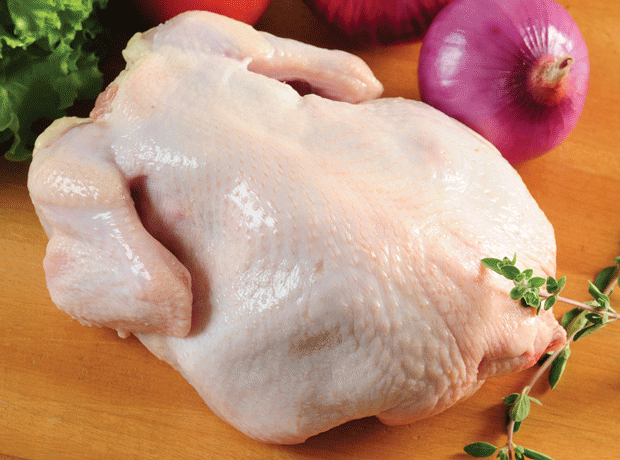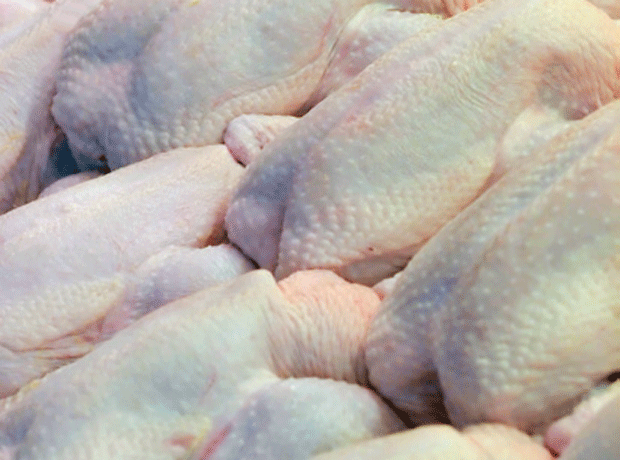Small store supply chain “must do more” to cut dangerous chicken bacteria

The small store supply chain still needs to do much more to better control levels of the dangerous campylobacter bacteria present on fresh whole chicken sold through small convenience stores and butchers, the Food Standards Agency (FSA) has warned.
ALREADY HAVE A REGISTERED USER ACCOUNT? PLEASE LOG IN HERE
To read the full story join the ConvenienceStore.co.uk community today!
Registration is quick and easy and provides access to:
- Unlimited ConvenienceStore.co.uk articles
- Our great range of newsletters
- Content you’ve saved for later via the ‘my library’ feature
And much more…











![WG-4003[58]](https://d2dyh47stel7w4.cloudfront.net/Pictures/274x183/4/5/1/353451_wg400358_6083.jpg)















